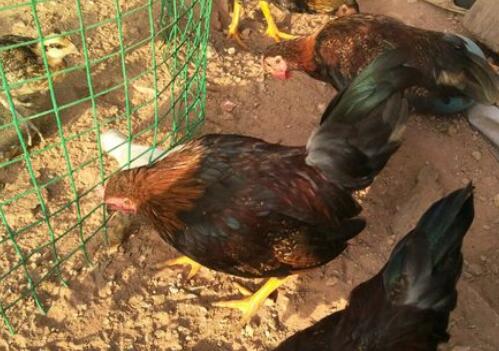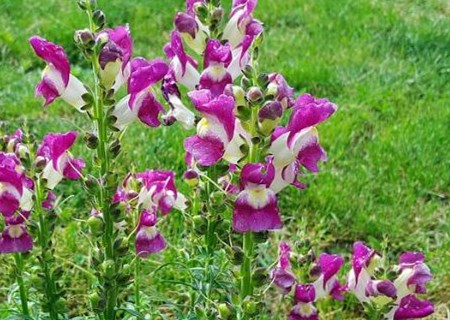How much is the market price of Camellia chicken? Where can I sell chicken seedlings? How many months will it take to grow up and become a hurdle? What are the breeding techniques?
Camellia chicken is commonly known as original chicken, red chicken, pheasant, candle night. Famous in southwest China, it is produced in the deep mountains and forests around Xishuangbanna. How much is the market price of Camellia chicken? Where can I sell chicken seedlings? How many months will it take to grow up and become a hurdle? What are the breeding techniques? It is learned from the Yunnan live poultry market that there is no unified price standard, which should be determined according to the local market, and the price of purebred raw chicken is generally higher. Usually a breeder costs 300 yuan each. In some areas, they also sell for more than 20 yuan a catty, which can only be sold for a year. One can grow to three or four catties, and one costs only 70 or 80 yuan.

Where can I sell camellia chicken seedlings?
How many months can camellia chicken grow up?
The main results are as follows: 1. The time of sexual maturity of native chicken is relatively late, which is greatly affected by the season. The sexual maturity of native chicken raised in spring is early, and that of native chicken raised in autumn is late. Generally, the age of starting production is 150-180 days old. Generally speaking, Camellia chickens are farmed for a year before they are listed.
2. Under natural conditions, the laying performance of native chicken has strong seasonality, which is mainly affected by nutrition, temperature and light. Spring and autumn are the periods with high laying rate. However, egg laying will stop in the winter when the light time is shortened, the temperature drops, and the nutrition supply is insufficient. Therefore, the annual egg production of native chickens is low, generally only 100,130 eggs.
What are the breeding techniques of Camellia chicken?
Large-scale breeding and management of Camellia chicks
1. The period of rearing (35-40 days after shelling). Nutritional requirements: according to the growth characteristics of the cultivated Camellia chicken, it is mainly based on local feed in principle, combined with scientific feeding, and the full price pellet feed is put into the brooding stage. The diameter of the pellet feed is about 0.3 cm. The feed during the breeding period is to break the pellet feed again, making it a small broken material for chicks to eat.
2. The way of raising chicks. There are two kinds of flat farming (ground raising and high bed flat raising) and cage raising. In most areas of Xishuangbanna, the rainy season is from May to September, so it is better to advocate multi-layer three-dimensional cage culture (three-dimensional net bed).
3. Feeding and management of nestling period. Create the best environmental conditions for chicks to ensure proper temperature, humidity, ventilation, lighting and feeding density. The mental state, appetite, activity and feces of chickens were often observed, the sick and weak chickens were observed and treated in time, and the sick and dead chickens were treated innocuously. Chinese herbal medicine and microecological preparations should be used as far as possible in the prevention or treatment of chicken diseases. Requirements: ① appropriate environmental temperature and humidity; ② supplementary light; ③ food and drink; ④ timely clustering; ⑤ grazing; ⑥ grazing site fence.
Feeding and Management of Camellia Chicken in growing period and fattening period
1. Nutritional requirements during growing period and fattening period (40-180 days old). At this stage, the feed can be prepared by ourselves to supplement the lack of free foraging in the field. It can be fed with animal foods such as artificially propagated earthworms, fly maggots and insects to increase protein nutrition and maintain the original flavor of the original chicken.
2. Feeding mode. Mainly adopt grazing and raising. Feed rice, corn and other grain feed for three meals in the morning, lunch and evening every day, plus green fodder such as vegetable leaves and forage grass. During the day, they are free to forage and play in woodlands, hillsides and grasslands. Go back to the shed at night and perch on the scaffolding.
3. Feeding and management in growing period and fattening period. ④ deworming. ⑥ does a good job of disinfection. Disinfection pools are set up at the door of chicken farms and henhouses, and fresh disinfectants are often kept.
Time: 2019-03-17 Click:
- Prev

What are the seed planting methods of the perennial herbaceous plant Artemisia frutescens? How do you water it? When will it blossom?
Goldfish grass is a perennial herb, named for its flower-like goldfish, gorgeous flowers, very suitable for ornamental, can be potted. So do you know what are the planting methods of goldfish grass seeds? How do you water it? When will it blossom? According to a goldfish farmer, he told us
- Next

What about the wilt of goldfish grass with bright colors? How to maintain the florescence? How much is the seed price per jin?
Goldfish grass is a flower blooming in summer and autumn, widely planted in Chinese gardens, suitable for planting in flower beds and flower borders, and this flower can also be used as a cut flower. So do you know what to do about the wilting of the colorful goldfish grass? How to maintain the florescence? How much is the seed price per jin?
Related
- Fuxing push coffee new agricultural production and marketing class: lack of small-scale processing plants
- Jujube rice field leisure farm deep ploughing Yilan for five years to create a space for organic food and play
- Nongyu Farm-A trial of organic papaya for brave women with advanced technology
- Four points for attention in the prevention and control of diseases and insect pests of edible fungi
- How to add nutrient solution to Edible Fungi
- Is there any good way to control edible fungus mites?
- Open Inoculation Technology of Edible Fungi
- Is there any clever way to use fertilizer for edible fungus in winter?
- What agents are used to kill the pathogens of edible fungi in the mushroom shed?
- Rapid drying of Edible Fungi

